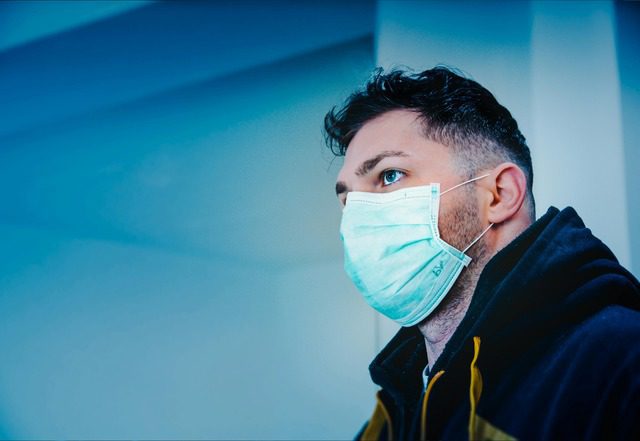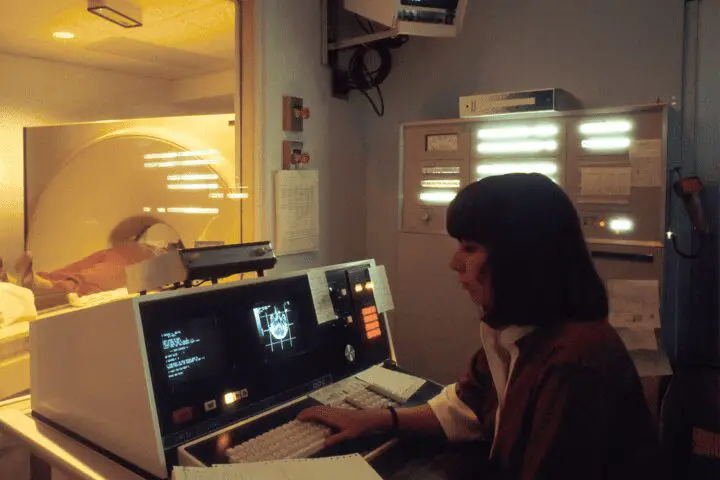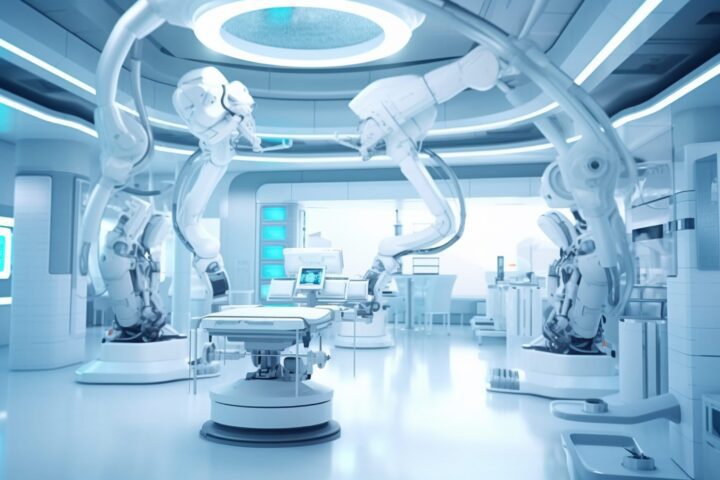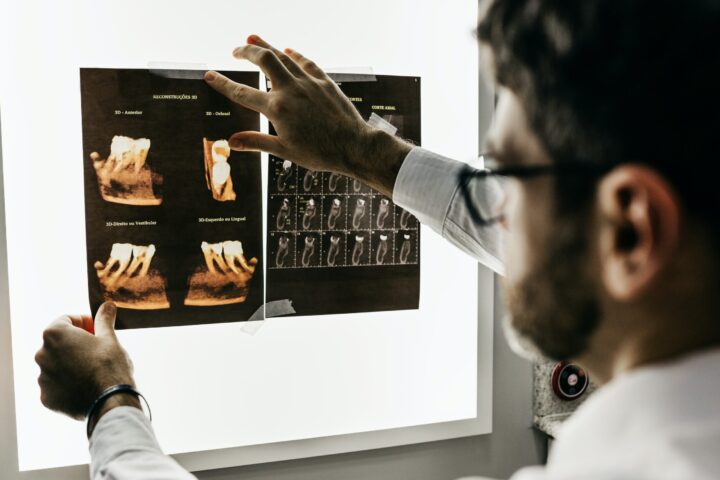They involve infectious diseases colored in global health-from the appearance of HIV in the 1980s to COVID-19 in these recent years. Certainly, they have massively affected a lot of people and overwhelmed healthcare systems worldwide. Fueled by more advanced technologies, AI lies at the very heart of fighting infectious diseases.
It ranges from outlining the capability of AI for outbreak prediction, diagnosis, and extends to the very development of treatments. This review covers the use of AI for fighting infectious diseases, with special attention to those applications related to the biggest global health threats: HIV and COVID-19.
Understanding Infectious Diseases
The list of the etiological agents includes acquired prominence of bacteria, viruses, fungi, and parasites. They might be transmitted from the infected host to the healthy one through contaminated intake of food and water or vectors including mosquitoes. Thus, the management includes early diagnosis as well as passive or active forms of prevention and treatments.
The Role of Artificial Intelligence in Managing Infectious Diseases
It does so much in the fight against infectious diseases, from the prediction of outbreaks even before they take place. As a matter of fact, early predictions give time for governments and providers in healthcare to make preparations toward the taking of steps to prevent the outbreak. This includes:


1. Outbreak Prediction
Among the different kinds of contributions that AI makes to these struggles against infections and contagious diseases, there is the forecasting or prediction of certain outbreaks much earlier in time. More importantly, the fact that the forecast has come so well on time will enable government and healthcare staff to begin preliminary preparations to overcome such a deadly outbreak.
- Data Analysis: AI would make sense out of data from social media, news reports, and medical records in order to bring out a pattern that is indicative of an outbreak. For example, monitoring the number of flu-related tweets may serve to help the AI models outline abnormal spikes in the cases of flu.
- It will forecast the epidemic: The AI systems, with already available historical data and consideration for environmental factors, will make a prediction about outbreaks in the near future. Using such models, one will be able to find out with exactitude how diseases like malaria or dengue spread according to weather, population density, and transportation habits.
- Real-time Disease Surveillance: AI would, in turn, be able to observe diseases in real time, putting into consideration the flow emanating from health agencies, hospitals, and research institutions. This will make handling an outbreak quite easy, where treatment is more on time with the infectiousness of the disease lesser or both.
2. Early Diagnosis and Screening
What will be taken into consideration here in the context of major determination will lie between whether an early diagnosis is being carried out against complications of infectious disease to make sure an infection would cause less complication; or an infection per se, for one timely treated is surely impeded to make sure more care afterwards. In fact, AI-enabled applications-targeting some of the most difficult-to-diagnose conditions-only recently have just started to emerge to help improve diagnostic precision and speed.
Medical Imaging: Medical images in a diversified set taken from X-rays and computed tomography scans are analyzed by AI algorithms to provide indications of an infection. Certain infections, such as tuberculosis and pneumonia, are at times diagnosed based on symptoms that can be very subtle and hence difficult to catch.
Symptom analysis can be done in applications run by artificial intelligence. It checks whether the particular symptom determines whether one has to go to the doctor or not. Many AI-powered symptom checkers support determination for testing or self-isolation required due to COVID-19.
Lab reports from blood and PCR tests on infectious diseases, and even here, the role of AI was found to be outstanding. The rapidness in diagnosing will un-bog the load of work off from the doctors and support personnel, too.


3. Drug Development and Vaccination
The elaborated development of new vaccines and medicines may be extremely time-consuming, taking years. It is expensive, too. Artificial Intelligence changes everything in the infectious diseases cure, for instance, in the huge amount of biomedical data analysis in the search for new candidates either to develop new medications or predict the interaction of the substances with the human cells themselves.
- Accelerating Drug Discovery: AI is going to research existing drugs to see whether they could work against new pathogens; this process is called drug repurposing. That is how a few discovered drugs against COVID-19 were found, including such existing drugs as remdesivir and dexamethasone.
- AI in vaccine development: It can model responses the immune system takes to various vaccine candidates; hence, it accelerates the road to development. Indeed, because of this, many COVID-19 vaccines that moved into clinical trials much faster than usual had models coming from AI applied.
- Smoothening of clinical trials: AI helps in the smoothening of clinical trials by opting for ideal candidates. This helps in facilitating response prediction among patients. This makes much better and effective conduction of such trials, therefore shortening the time taken to get new treatments onto the market.
4. Improved Patient Care and Treatment
AI further improves the management of patients suffering from infectious diseases, especially those suffering from chronic infections, including those infected by the human immunodeficiency virus. As such, treatments are designed for better care in themselves but nevertheless serve to provide better management of the disease in patients.
AI in personalized medicine takes up genetic data, elaborate history, and lifestyle of a patient, and with the help of AI, it comes out with personalized treatment, something very important, especially in chronic infection management, for example, HIV, where already the poles of a graph can outline the response of the individual.
Treatment Monitoring: The AI-enabled applications help in record-keeping of the patients concerning symptoms, intake of medicine, and adverse events. Such a practice will definitely provide appropriate and timely treatment to the patients with infectious diseases.
AI Incorporated into Telemedicine Platforms for Consultations and Care: In the realization of consultations, AI has been integrated into the working of telemedicine platforms. This is quite vital in the COVID-19 pandemic whereby, due to the overwhelmingly strained conditions in hospitals, the treatments or consultations had to be carried out from home.


5. Control of Diseases End
Artificial Intelligence enhances the response against public health by tracing the pattern of transmission and thus acts as an agent of containment of infectious diseases: much more than everything else put together.
Contact Tracing: AI-driven applications trace the movement of the infected, monitoring others that might have come in contact. The need to find outbreaks for further isolation of COVID-19 spread with regards to contact tracing has, as a matter of fact, seen a very strong appeal.
Basically, disease-spread modeling refers to the capabilities of AI for modeling how infectious diseases will be spread in different scenarios with the view to proposing policy recommendations entailing quarantine relative to public health, the necessity of restrictions for traveling, vaccination, and similar measures.
Resource Distribution: AI can help in the effective distribution of resources such as PPE, ventilators, and vaccines. Working on real-time infection rates and health capacity data analysis, AI makes sure supplies reach where the need for them is more urgent.
Case Studies: AI and Major Infectious Diseases
Let us now briefly take a glimpse at how AI has been put to work in combat against some of these infectious diseases like HIV and COVID-19.
AI and HIV
Despite the big deal of progress being made, HIV is considered one of the most important health problems in the world, since millions of people in the world live with this virus. Application of AI in the management of HIV:
Predictive Analytics for Drug Resistance: The resistance of drugs forms one cornerstone for the treatment of HIV. By analysis through AI algorithms on genetic data provided by the virus, it’s able to deduce which patients are more likely to resist a certain medication and may thus be accounted for by the doctor by changing the line of treatment and inclusion of other drugs.
Improved Access to Care: AI-powered diagnostic tools will identify PLHIV who otherwise may not have accessed health facilities, especially in resource-constrained settings. AI will analyze data from mobile health platforms to target at-risk populations and improve access to care.
Optimizing Antiretroviral Therapy: AI optimizes ART, a standard treatment for HIV, through the analyses of data given by patients to come up with the most active combinations and changes in treatment considering their different responses.


AI and COVID-19
Indeed, the COVID-19 pandemic has shown the world the advantage of using AI in fighting infectious diseases on a global scale. Some use cases during this pandemic include:
The warnings about COVID-19 did not arise from data on the level of human surveillance but rather from AI-driven platforms that parses news reports, social media, and airline ticketing data by companies like BlueDot and HealthMap well in advance of any actual virus spread.
Vaccine Development in a Short Time: AI has contributed a lot to the development of vaccines against COVID-19 within a very short time. A few AI algorithms can identify the most potent candidates for efficiency in vaccines and accelerate the procedures for clinical trials.
Prediction of spread: various artificial intelligence models developed estimates about different countries and various regions. The forecast of the spread has barred the authorities from taking precautionary measures in varied forms like a complete lockdown, issuing travel restrictions to the people etc.
AI shed light on information in hospitals about how patient admission is managed, beds in ICUs, the usage of ventilators, management of medical staff while combating the wave of COVID-19 patients.
Future of AI in Infectious Diseases Management
Hence, AI has proven to be one of the budding futures in the field of infectious diseases. Areas in which AI could bring new rays of hope to the areas of infectious diseases:
1. Vaccines Run on AI
With AI, the final enablement of next-generation vaccines could evoke an altogether far better and sustainable response from the immune system. More precisely, AI will grant in-depth molecular-level analysis to the deep immune response and hence support the development of vaccines against many strains of a virus or its future mutations.
2. Real-time Genomic Surveillance
That extends to genomic surveillance for the living pathogens themselves-whatever the viruses and bacteria may be, in real time, as those adapt. One big difference that will offer a lot more capability for how to treat new variants is the way those that evolved in COVID-19 have shown, thus probably helping to prevent other pandemics in the future.
3. Track Diseases Globally
AI can be put into place within Global Health Surveillance through infectious disease monitoring at larger magnitudes. Training on various datasets for outbreak warning analyses of many forms of data streams allows it to quickly identify such cases and contain the spread across international borders.
In conclusion, AI involvement in infectious diseases marks a wave, starting from HIV to COVID-19. Be it early detection and diagnosis, development of treatment due to the course of time, or outbreak control against global health challenges with the help of AI-its presence is observed in all avenues.
Continuous development in the field of AI technologies keeps infectious disease management with emergent potentials for change. Applications of AI in populations ensure protection against present and future threats of infectious diseases.



































Somebody essentially lend a hand to make significantly articles Id state That is the very first time I frequented your website page and up to now I surprised with the research you made to make this actual submit amazing Wonderful task
Thank you so much. Stay with us. Also connect us on Facebook for new update https://www.facebook.com/nanoknowledgeai
Write more, thats all I have to say. Literally, it seems as though you relied on the video to make your point. You obviously know what youre talking about, why throw away your intelligence on just posting videos to your weblog when you could be giving us something enlightening to read?